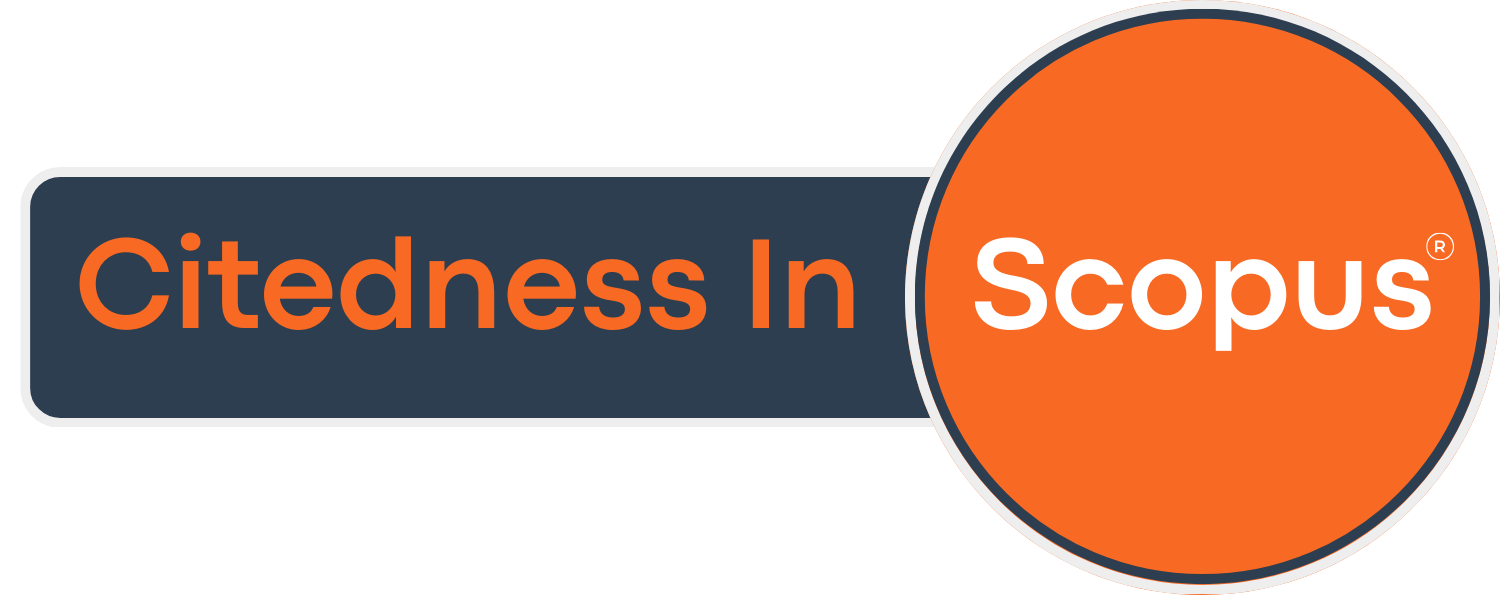Characteristics of Waste Briquettes Hazelnut Shells with Glutinous Rice Adhesive
Karakteristik Briket Limbah Cangkang Kemiri dengan Perekat Beras Ketan
DOI:
https://doi.org/10.21070/r.e.m.v8i2.1675Keywords:
alternative energy, biomass, briquettes, glutinous rice, hazelnut shellAbstract
The energy crisis is increasingly felt starting from the scarcity of petroleum and gas fuels plus the increasingly expensive price makes it necessary to make efforts to obtain alternative renewable energy. One of the biomass materials that can be used as briquettes is hazelnut shells because in some observations in the field hazelnut shells tend to be discarded after taking the meat. The purpose of this study was to determine the differences in the characteristics of briquettes produced such as moisture content, calorific value, ash content influenced by the type of adhesive derived from glutinous rice so as to obtain the ideal formulation for making briquettes from hazelnut shells. This study used a complete randomised design (CRD) with variations in glutinous rice flour concentration of 20%, 30%, and 40%. The results showed that the concentration of the adhesive used was not significantly different from the value of water content, ash content and calorific value produced. The best quality briquettes were at 40% adhesive percentage, with a calorific value of 5321 cal/gr, 7.2% moisture content, and 5.1% ash content. Pecan shell briquettes with rice flour adhesive are in accordance with the Indonesian national standard (SNI) both from the value of water content, ash content and calorific value.
References
untuk Energi (Chemical Characteristics of Biomass for Energy),” J. Ilmu Teknol . Kayu Trop., 2018.
A. S. Pramudiyanto and S. W. A. Suedy, “Energi Bersih dan Ramah Lingkungan dari Biomassa untuk Mengurangi Efek Gas Rumah Kaca dan Perubahan Iklim yang Ekstrim,” J. Energi Baru dan Terbarukan, 2020, doi: 10.14710/jebt.2020.9990.
N. ZA, L. Maulinda, F. Darma, and M. Meriatna, “PENGARUH KOMPOSISI BRIKET BIOMASSA KULIT JAGUNG TERHADAP KARAKTERISTIK BRIKET,” J. Teknol. Kim. Unimal, 2021, doi: 10.29103/jtku.v9i2.3668.
BPS NTB, “Luas Lahan Sawah Menurut Kabupaten/Kota dan Jenis Pengairan di Provinsi Nusa Tenggara Barat (Hektar), 2014-2015,” BPS NTB, 2015. https://ntb.bps.go.id/indicator/53/118/1/luas-lahan-sawah-menurut-kabupaten-kota-dan-jenis-pengairan-di-provinsi-nusa-tenggara-barat.html
L. Botahala et al., “PEMBUATAN BRIKET CANGKANG KEMIRI SEBAGAI BAHAN BAKAR ALTERNATIF BAGI MASYARAKAT PEDALAMAN DI KABUPATEN ALOR,” J. Ilm. Abdi Mas TPB Unram, 2021, doi: 10.29303/amtpb.v3i1.60.
S. Suluh, “ANALISA PEMANFAATAN CAMPURAN BRIKET ARANG SEKAM PADI DENGAN CANGKANG KEMIRI SEBAGAI BAHAN BAKAR ALTERNATIF,” J. Dyn. Saint, 2021, doi: 10.47178/dynamicsaint.v6i1.1241.
I. Y. Permatasari and B. Utami, “Pembuatan dan Karakteristik Briket Arang dari Limbah Tempurung Kemiri ( Aleurites Moluccana ) dengan Menggunakan Variasi Jenis Bahan Perekat dan Jumlah Bahan Perekat,” Pros. Semin. Nas. Kim., 2015.
D. M. Kamal, “Penambahan Serbuk Ampas Kopi Sebagai Upaya Meningkatkan Nilai Kalor Briket Limbah Kertas,” J. Inov. Penelit., vol. 2, no. 12, pp. 3913–3920, 2022.
B. S. Putra and A. A. Hidayat, “BRIKET DARI CANGKANG KELAPA SAWIT MENGGUNAKAN PEREKAT DAUN BELIMBING WULUH,” J-TETA (Jurnal Tek. Ter., vol. 1, no. 1, pp. 1–6, 2022.
R. P. Dewi, T. J. Saputra, and S. J. Purnomo, “Analisis karakteristik briket arang serbuk gergaji dan tempurung kelapa,” vol. 17, no. 1, pp. 1–5, 2022.
D. A. Chusniyah, R. Pratiwi, B. Benyamin, and S. Suliestyah, “Uji Kualitas Briket Berbahan Arang Ampas Kelapa Berdasarkan Nilai Kadar Air,” J. Penelit. DAN KARYA Ilm. Lemb. Penelit. Univ. TRISAKTI, 2022, doi: 10.25105/pdk.v7i1.9778.
A. Priyanto, H. Hantarum, and S. Sudarno, “Pengaruh Variasi Ukuran Partikel Briket Terhadap Kerapatan, Kadar Air, dan Laju Pembakaran Pada Briket Kayu Sengon,” Pros. Semin. Nas. Sains dan Teknol. Terap., 2018.
E. Elfiano, P. Subekti, and A. Sadil, “Analisa Proksimat dan Nilai Kalor pada Briket Bioarang Limbah Ampas Tebu dan Arang Kayu,” J. Aptek, vol. 6, no. 1, 2014.
E. Suryani, M. Farid, and A. Mayub, “Implementasi Karakteristik Nilai Kalor Briket Campuran Limbah Kulit Durian dan Tempurung Kelapa pada Pembelajaran Suhu dan Kalor Di SMP N 15 Kota Bengkulu,” PENDIPA J. Sci. Educ., 2019, doi: 10.33369/pendipa.3.3.146-153.
M. F. Nurkholis and L. H. Rizaldi, “Karakteristik briket ampas tebu ( bagasse ) dari bahan perekat tepung beras ketan Characteristics of bagasse briquettes using glutinous rice flour as adhesive,” Agrotek Ummat, vol. 10, no. 1, pp. 1–8, 2023.
A. A. Adeleke, J. K. Odusote, P. P. Ikubanni, A. S. Olabisi, and P. Nzerem, “Briquetting of subbituminous coal and torrefied biomass using bentonite as inorganic binder,” Sci. Rep., vol. 12, no. 1, pp. 1–11, 2022, doi: 10.1038/s41598-022-12685-5.
R. P. Dewi, T. J. Saputra, and S. Widodo, “STUDI POTENSI LIMBAH KULIT KOPI SEBAGAI SUMBER ENERGI TERBARUKAN DI WILAYAH JAWA TENGAH,” J. Mech. Eng., vol. 5, no. 1, 2021, doi: 10.31002/jom.v5i1.3946.
R. A. Nugraha and M. Mirwan, “PEMANFAATAN LIMBAH KULIT BUAH DURIAN DAN SERBUK GERGAJI MENJADI BRIKET SEBAGAI BAHAN BAKAR ALTERNATIF,” J. EnviroUs, vol. 2, no. 2, pp. 1–6, 2022.
R. W. A. Jaswella, S. Sudding, and R. Ramdani, “Pengaruh Ukuran Partikel terhadap Kualitas Briket Arang Tempurung Kelapa,” Chem. J. Ilm. Kim. dan Pendidik. Kim., 2022, doi: 10.35580/chemica.v23i1.33903.
R. Efendi, Hermanto, and Sungkono, “Analisis Karakteristik Briket dari Cangkang Kemiri sebagai Bahan Bakar Alternatif,” J-Move J. Tek. Mesin, 2022.
Badan Standardisasi Nasional, “Standar Nasional Indonesia Briket Arang Kayu,” Badan Stand. Nas. Indones., pp. 1–4, 2000.
Published
Issue
Section
License
Copyright Notice
Authors retain copyright and grant the journal right of first publication with the work simultaneously licensed under a Creative Commons Attribution 4.0 International License that allows others to share the work with an acknowledgement of the work's authorship and initial publication in this journal.






